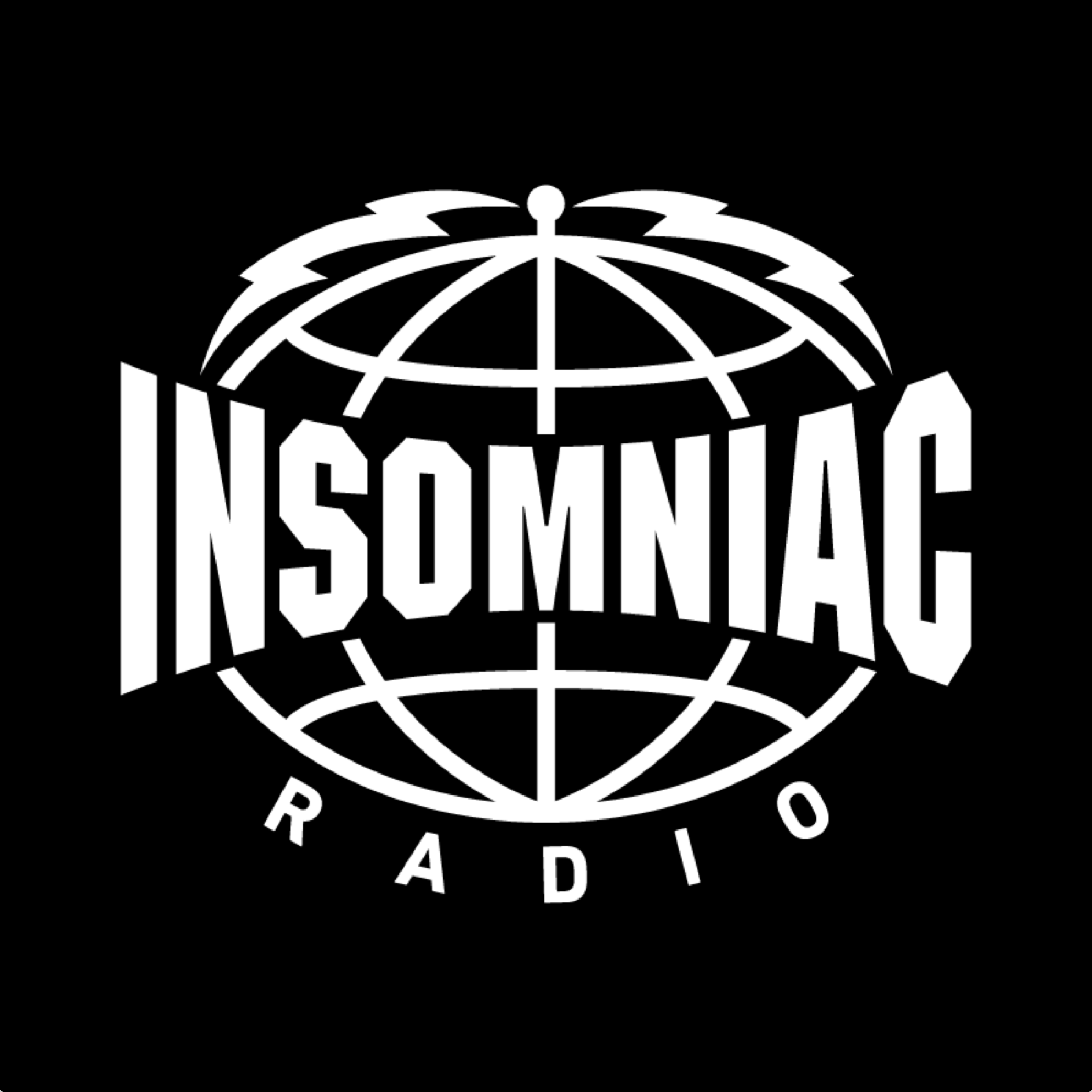‘Liquid Vinyl’: A History of DJ Culture, 10 Years Later
In 2005, multiple generations of DJs had come to a critical impasse of time and technology. The prevalent use of vinyl was on its last legs, with CD decks and software programs like Serato’s Scratch Live taking over the circuit.
“It’s so haunting hearing Frankie Knuckles talk about being a DJ for as long as he can until he can’t do it anymore.”
New sounds like drum & bass and trance had emerged in Europe, and the global dance music underground had grown and evolved into something bigger and more influential than ever, with corporate entities sniffing around the edges, looking for a way to turn all of this fertile culture and energy into cold, hard cash.

That pivotal moment in dance music history is lovingly captured in Liquid Vinyl, a sprawling documentary that works to encapsulate that exploding underground scene with a wealth of interviews with some of the world’s biggest and most influential DJs and mavens.
Crafted by writer/director Taylor Neary and producer/director of photography George Reasner, the doc weaves a loose narrative that begins with house legend Frankie Knuckles as the flashpoint to lay out a history of the dance music underground, from Larry Levan’s transformative residency at New York’s Paradise Garage to Tony Humphries at New Jersey club Zanzibar before jumping across the Atlantic to explore the roots of the rave scene in England with Carl Cox, Goldie, Judge Jules and more.
“The thing about Liquid Vinyl was, I really wanted it to be told from the DJ’s perspective, because it was before we had social media and back then, you only saw artists like Carl Cox from afar,” Neary explains. “Fans rarely had a chance to be up close and personal with them.”

What inspired you to re-release the movie in 2015?
George reminded me that it was the 10-year anniversary, and I think it just felt like the right time. And we didn’t have social media or the myriad platforms that are available now. Back when it was first released, the movie was screened at the Slamdance Film Festival in Utah [and] we had worldwide distribution, but it never really got out there the way we wanted it to. A lot of people simply never knew it existed; they never saw it. It was the perfect time to finally market our film the right way. Honestly, I wasn’t really ready until this year. Making movies is exhausting, and after dealing with all of the contracts and red tape back in 2005, there wasn’t enough energy or resources to adequately spread the word. Now it’s available on iTunes and Netflix, which is great. A lot of things just lined up for it to happen. Now, people will see it who’ve never seen it before.
“Hopefully, it will inspire some of them to go even further into the history and discover the music and artists that launched dance music culture into existence.”
What was it like for you to go through that footage 10 years later?
With Frankie Knuckles passing away last year, watching his interview footage was tough. I remember being in his living room, and hanging out at the House of Blues with him… Even at the conclusion of the film, which ends on Frankie, it’s so haunting hearing him talk about being a DJ for as long as he can until he can’t do it anymore, and then we play his track “The Whistle Song”—and now he’s no longer with us.
The artists you interviewed have strong personalities that really shine through in the film—like David Morales and Goldie.
I look at those tapes and realize I haven’t seen most of those people for 10 years. It’s so weird, as all of us get older and deal with our own mortalities. I think when you’re in your 20s and 30s, you don’t feel like you’re ever going to age or be in your 40s, much less your 50s or 60s. But then you look at someone like Junior Vasquez, and he’s in his 60s, still up there spinning and doing his thing. I remember interviewing Jason Bentley for the film, and at the time he felt like he didn’t want to be DJing when he was 50. I’m sure now he feels differently about it—not that he’s 50 yet. But this is what we all deal with as we get older.
One of my favorite parts of the film is when you delve into the origins of Miami’s Winter Music Conference, and how it all essentially grew out of a single party—the first Magic Session with Louie Vega and Tony Humphries.
I definitely got a history lesson on that one myself. I appreciate it a lot more in retrospect. When Leslie (Doyle) saw that, she loved it. She got to see her story told. We had a theatrical release back when the movie first came out, so people got to watch it on the big screen for the full experience. I remember Marques Wyatt being really overwhelmed the first time he saw it. Watching the people involved react to the movie was just really gratifying for me.
When you think about young ravers and EDM fans of today, what do you hope they’ll glean from watching Liquid Vinyl?
I think it’s a great education, and it adds depth to what they’re already into. Anyone can appreciate that. There’s a tradition there that many of them may not be aware of. It opens up your mind and deepens the experience. Hopefully, it will inspire some of them to go even further into the history and discover the music and artists that launched dance music culture into existence.


